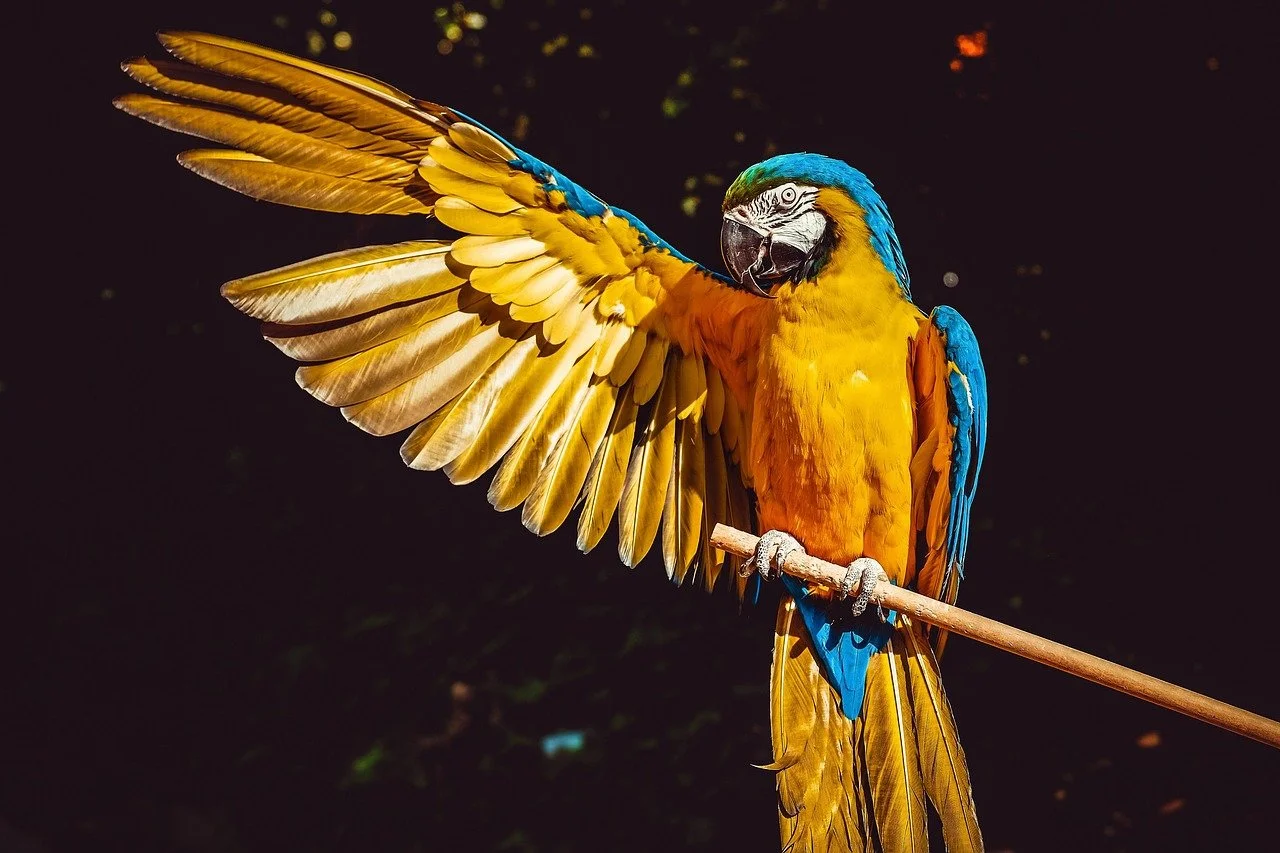The Nature of Pandemics: Why Protecting Biodiversity is Key to Human Survival
We’re not the only species in a pandemic.
As humans spent the past few years grappling with COVID-19 (crikey, did that really start over 5 years ago?), waves of disease swept through wildlife too — killing everything from frogs to bats, vultures to sea lions. The question of “when will the next pandemic hit?” might keep public health experts up at night. But for much of the natural world, it’s already here.
“I reframe pandemics as ecological crises that require ecological solutions.”
In my new book, The Nature of Pandemics (Pelagic Publishing, October 2025), I explore the deep ecological roots of infectious diseases. I make the case that pandemics aren't random acts of microbial mischief. They reflect deeper disruptions in the ecological systems that once kept such outbreaks in check.
I reframe pandemics as ecological crises that require ecological solutions.
My journey leads me to explore the ‘pandemics’ unfolding beyond our own species — and why they matter, whether you value biodiversity for its own sake or for the many ways it keeps us alive.
“Pathogens, in other words, are ‘learning’ to walk through the doors we leave wide open.”
From the forests razed for farmland to the trafficked pangolins in collapsing food webs, our disruption of ecosystems fuels climate change and biodiversity loss — but it also helps disease agents cross thresholds they were never meant to. Pathogens, in other words, are ‘learning’ to walk through the doors we leave wide open. Indeed, we broke the system that kept pandemics rare. Now they’re knocking more often — and louder. (can you tell I’ve been researching the science of metaphors lately?! - see other blog post).
But, importantly, I didn’t want this book to be just about what’s broken. I wanted it to be about how we can repair it. I wanted it to be about solutions… About relational thinking... About hope.
Drawing on over a decade of research and practice in ecology, microbiology and restoration science, I add to the calls for a new way of viewing pandemics — through the lens of One Health, a framework that recognises the profound interdependence of people, (non-human) animals and ecosystems. This journey spans centuries and ecosystems. From the quarantined village of Eyam to the tropical forests we’ve cleared, and from the secret lives of fungi in the soil to the ripple effects of habitat loss on immune systems.
“How do we untangle the ever-shifting alphabet of flu strains?”
I ask big questions:
What pathogen will cause the next pandemic?
Should we care about the rest of nature, and how can we repair our broken relationship?
What might happen if we treated ecosystem degradation as a public health crisis?
And should we view ecosystem restoration as a public health intervention?
Along the way, I speak with world-leading experts in pathology, mycology, public health, conservation, microbiology and beyond to uncover cutting-edge insights into how pandemics emerge — and how we might stop them. I ask: Could conserving vultures reduce rabies outbreaks? Should we take fungal threats more seriously — could elements of The Last of Us ever become reality? Is a spongy-brain pandemic on the horizon? How do we untangle the ever-shifting alphabet of flu strains? And perhaps most importantly: could restoring ecosystems be one of our best defences against future pandemics?
“After all, the future of global health won’t be shaped by humans alone — it will depend on the lives we protect alongside our own.”
The Nature of Pandemics blends science, storytelling and solutions. It’s for anyone who wants to understand why pandemics keep happening — and what we can do to stop them before they start (or at least reduce their impacts when they arrive). It’s also not the typical anthropocentric narrative. I emphasise the importance of the other creatures we share the planet with. After all, the future of global health won’t be shaped by humans alone — it will depend on the lives we protect alongside our own.
The Nature of Pandemics… Why Protecting Biodiversity is Key to Human Survival…
Check out my other books:
Invisible Friends: How Microbes Shape Our Lives and the World Around Us
and
Treewilding: Our Past, Present and Future Relationship with Forests
Check my other blog posts: www.jakemrobinson.com/blog



